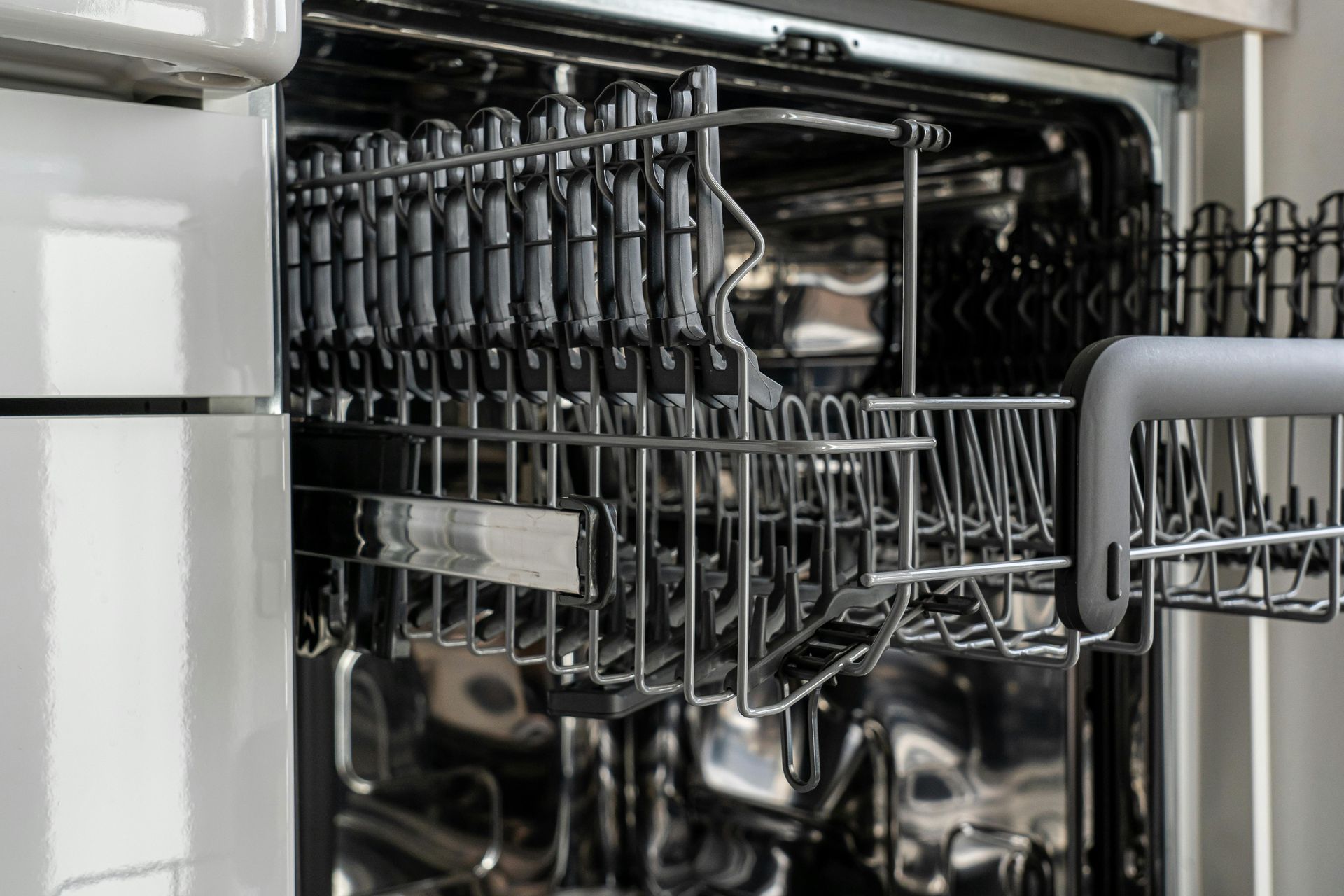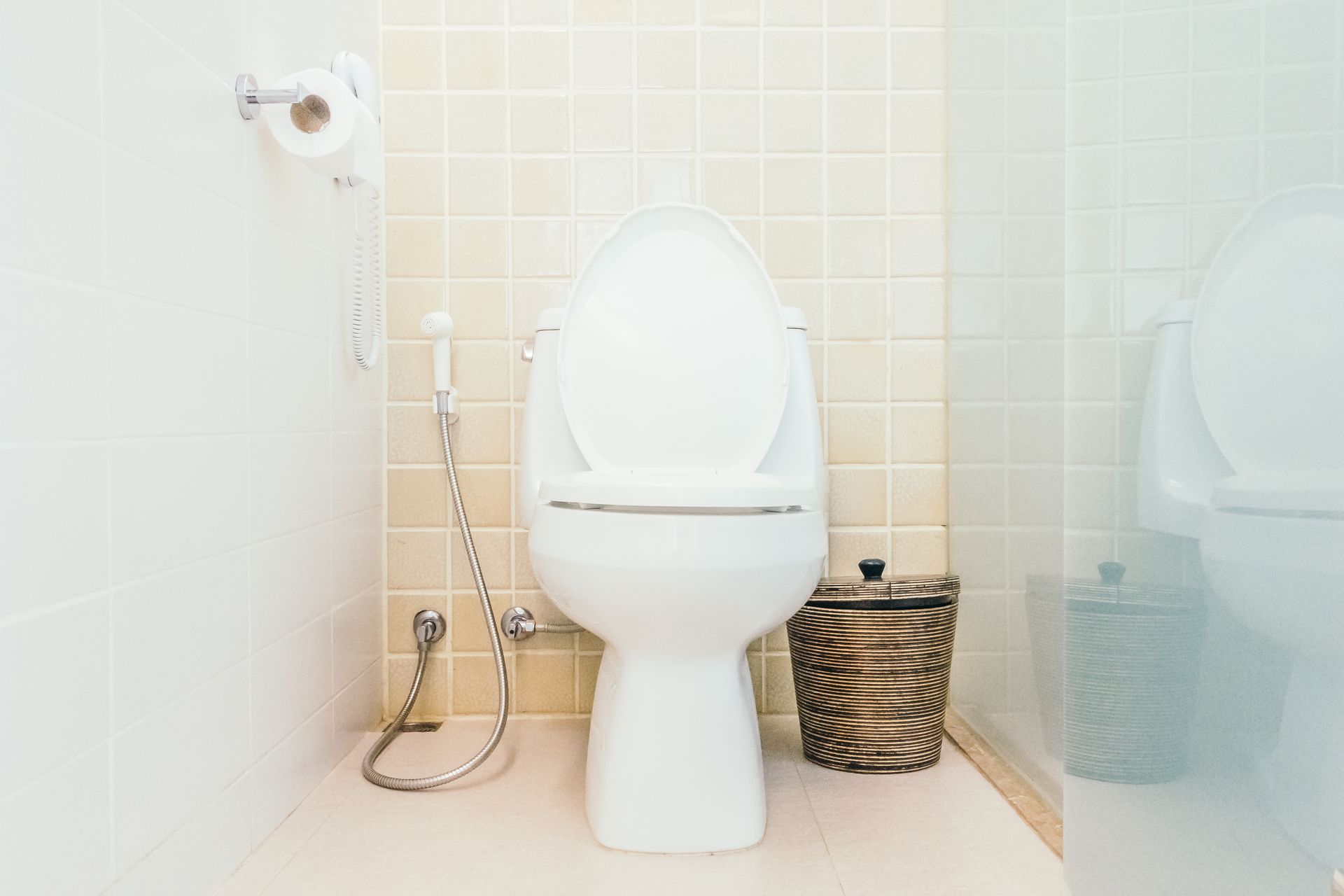How to Prevent Your Outdoor Faucet From Freezing?
Outdoor faucets are particularly vulnerable to freezing temperatures, and a frozen faucet can lead to burst pipes, water damage, and costly repairs. Taking proactive steps before winter arrives is crucial to safeguard your plumbing system and avoid emergencies. This article provides an in-depth, professional guide on how to prevent your outdoor faucet from freezing, the importance of having essential plumbing tools on hand, and how these efforts connect to broader plumbing concerns like sewer line replacement and the role of emergency services.
Why Freezing is a Serious Threat
When water trapped inside an outdoor faucet or the connected pipe freezes, it expands. This expansion puts immense pressure on the pipe walls, often causing them to crack or burst. The damage may not be immediately visible, but once temperatures rise and the ice melts, water can gush into your home’s walls, basement, or crawlspace. This can result in extensive water damage, mold growth, and the need for major repairs, including possible sewer line replacement if the problem extends to underground pipes.
Step 1: Disconnect and Drain
The first step to prevent freezing is to disconnect all hoses, splitters, and attachments from your outdoor faucet before the first freeze. Leaving hoses attached traps water in the faucet and pipe, increasing the risk of freezing. After disconnecting, open the faucet to drain any remaining water. If your plumbing system includes a dedicated shut-off valve for outdoor faucets, close it from inside the house. Then, open the outdoor faucet again to ensure the line is completely drained. This simple action can prevent water from being trapped where it could freeze and cause damage.
Step 2: Insulate the Faucet and Exposed Pipes
Insulating your outdoor faucet is one of the most effective ways to protect it from freezing. Specialized foam faucet covers or insulated fabric covers are widely available and easy to install. These covers fit snugly over the faucet, creating a barrier that helps retain heat and block out cold air. For added protection, insulate any exposed pipes leading to the faucet with foam pipe sleeves or wrap them with insulating tape. Even if you have a freeze-proof or frost-free faucet, adding a cover provides extra security against extreme temperatures.
Step 3: Upgrade to Frost-Proof Faucets
If your home is older or you’ve experienced repeated issues with frozen faucets, consider upgrading to a frost-proof (or freeze-proof) outdoor faucet. These faucets are designed so that the shut-off valve is located well inside the heated part of your home, minimizing the risk of freezing. Installing a frost-proof faucet may require some plumbing expertise and the use of essential plumbing tools such as a basin wrench, pipe cutter, and thread sealing tape. If you’re not comfortable with this level of work, hiring a professional plumber ensures the job is done correctly and safely.
Step 4: Inspect for Leaks and Make Repairs
Before winter, thoroughly inspect your outdoor faucets and connected pipes for leaks or drips. Even a slow drip can increase the risk of freezing, as moving water is less likely to drain completely from the pipe. Use your essential plumbing tools to tighten fittings or replace worn washers and gaskets. Addressing minor issues now can prevent major emergencies later. If you discover significant leaks or signs of corrosion, don’t hesitate to call a plumber. Sometimes, persistent leaks may be a symptom of deeper issues in your plumbing system, which could eventually require more extensive repairs or even sewer line replacement.
Step 5: Prepare for Emergencies
Despite your best efforts, extreme weather can sometimes overwhelm even the most prepared plumbing systems. That’s why it’s important to know how to shut off your home’s main water supply quickly in case a pipe bursts. Keep your essential plumbing tools in an easily accessible location and know how to use them. If you experience a frozen faucet or burst pipe and cannot resolve it immediately, contact emergency services or a licensed plumber for fast, professional assistance. Many plumbing companies offer 24/7 emergency response to minimize water damage and restore your system.
Broader Plumbing Considerations
Winterizing your outdoor faucet is just one part of a comprehensive approach to home plumbing maintenance. Regularly inspect and maintain other vulnerable areas, such as crawlspace pipes, water heaters, and sewer lines. Insulating water heaters and pipes not only prevents freezing but also improves energy efficiency. If you notice slow drains, gurgling sounds, or recurring backups, these may be signs of problems in your sewer line. Addressing these issues promptly can help you avoid the need for emergency sewer line replacement during the winter months.
Conclusion
Preventing your outdoor faucet from freezing is a straightforward yet critical task for homeowners in cold climates. By disconnecting hoses, draining lines, insulating faucets and pipes, upgrading to frost-proof models, and addressing leaks, you can protect your home from costly water damage. Equipping yourself with essential plumbing tools and knowing when to call for emergency services or professional help ensures you’re prepared for any situation. Remember, proactive maintenance not only safeguards your faucets but also contributes to the long-term health of your entire plumbing system, reducing the risk of major repairs like sewer line replacement and helping you enjoy a worry-free winter.











